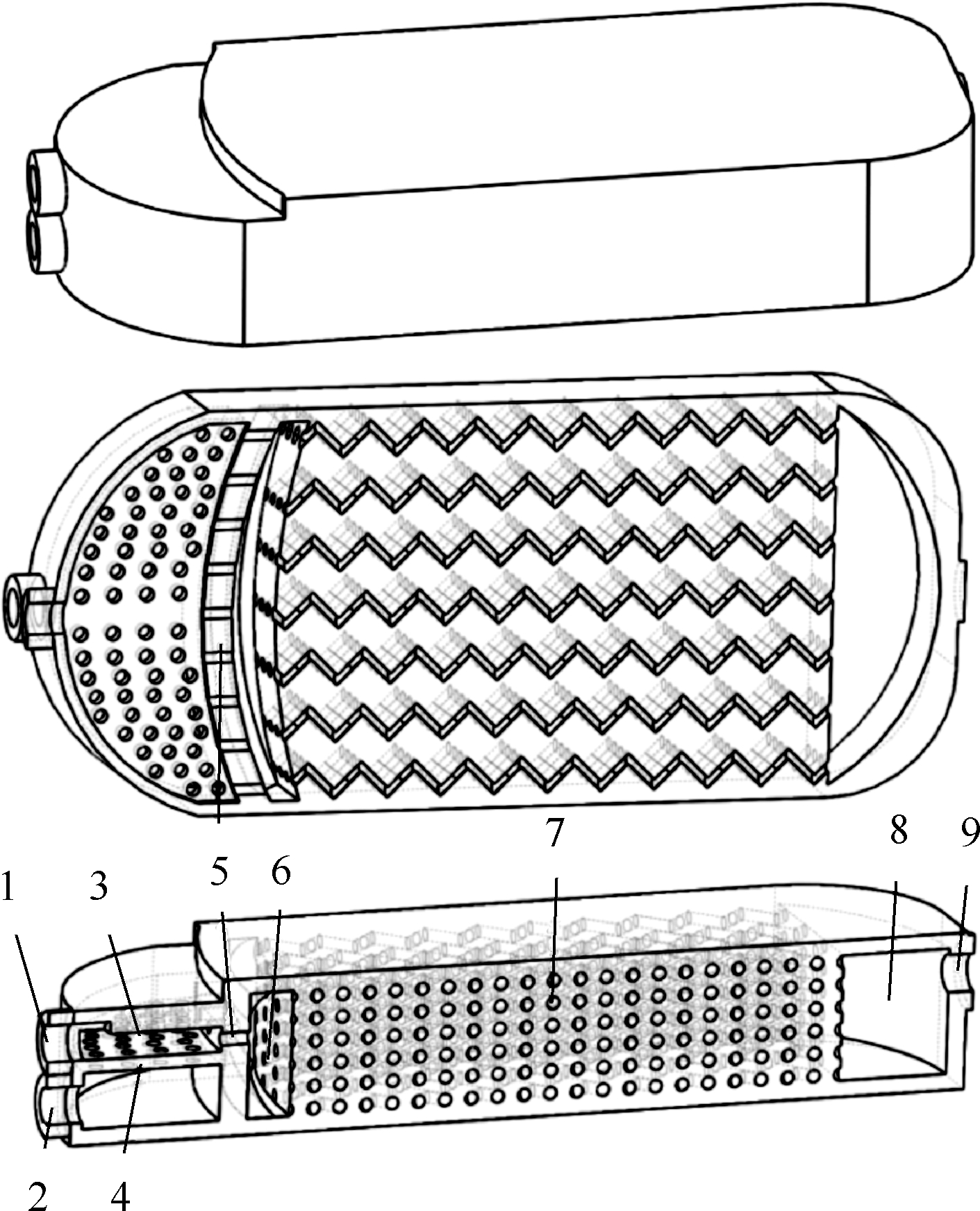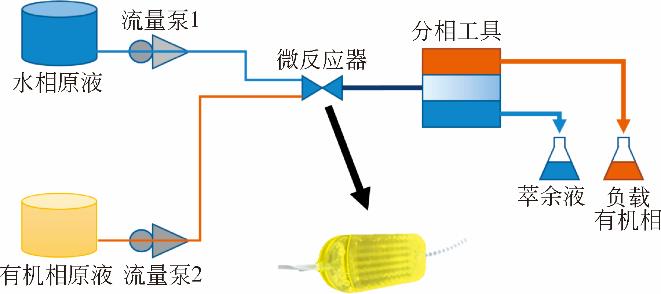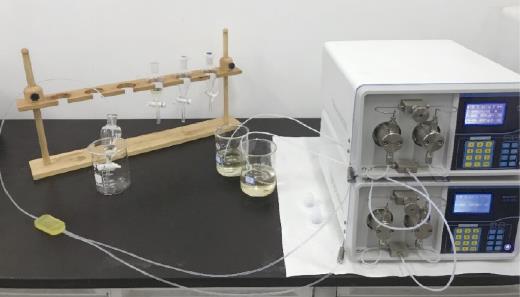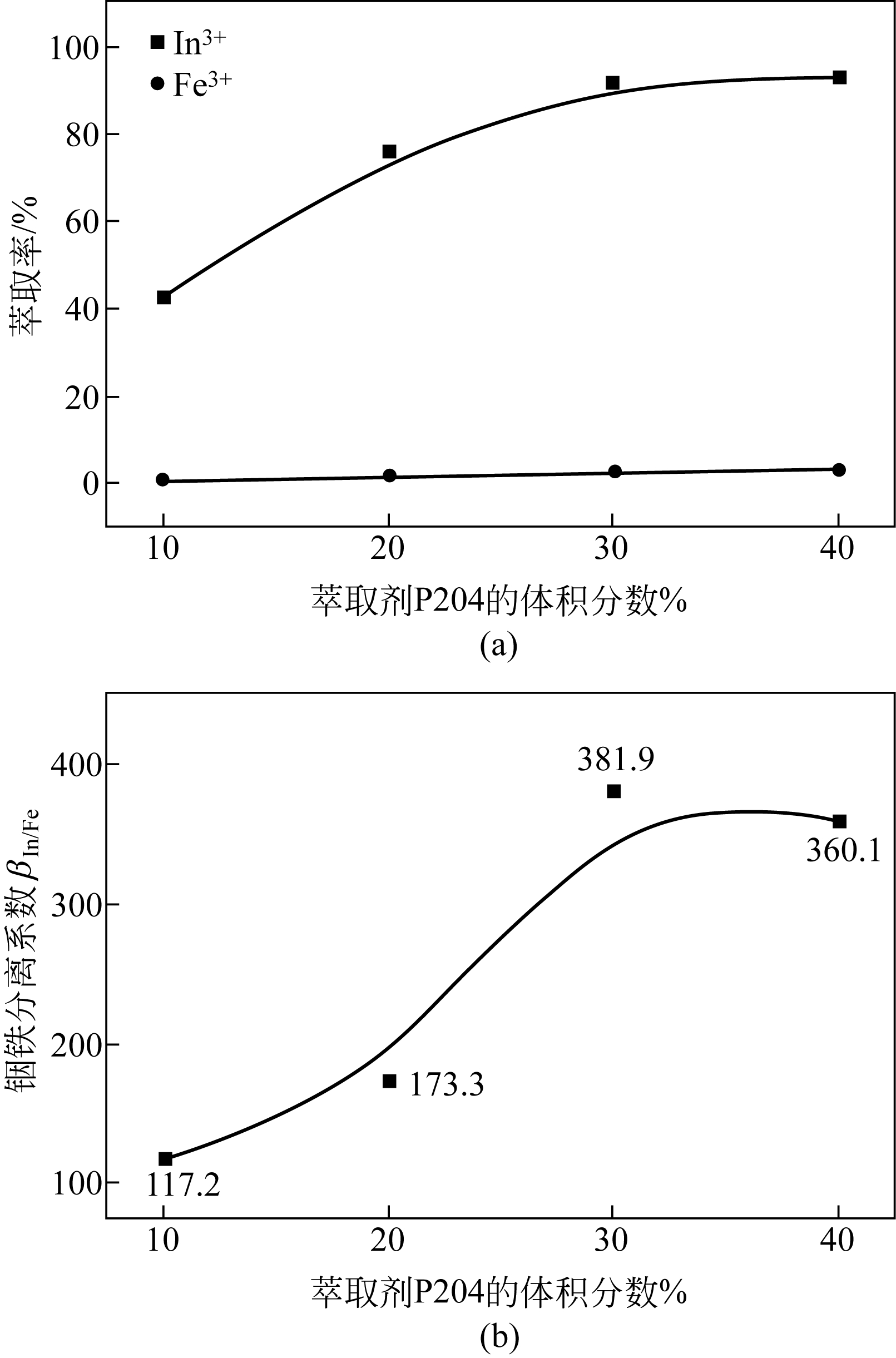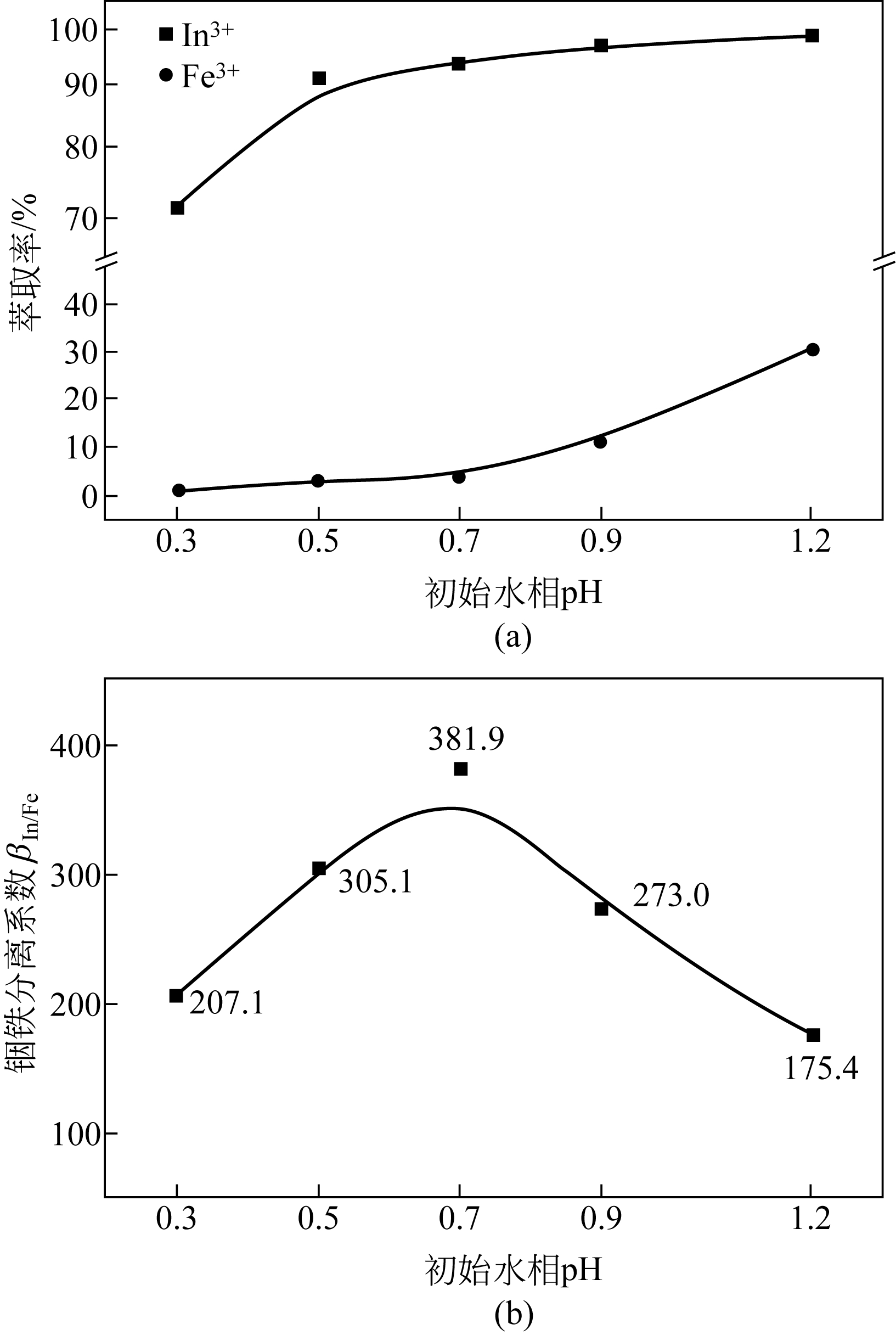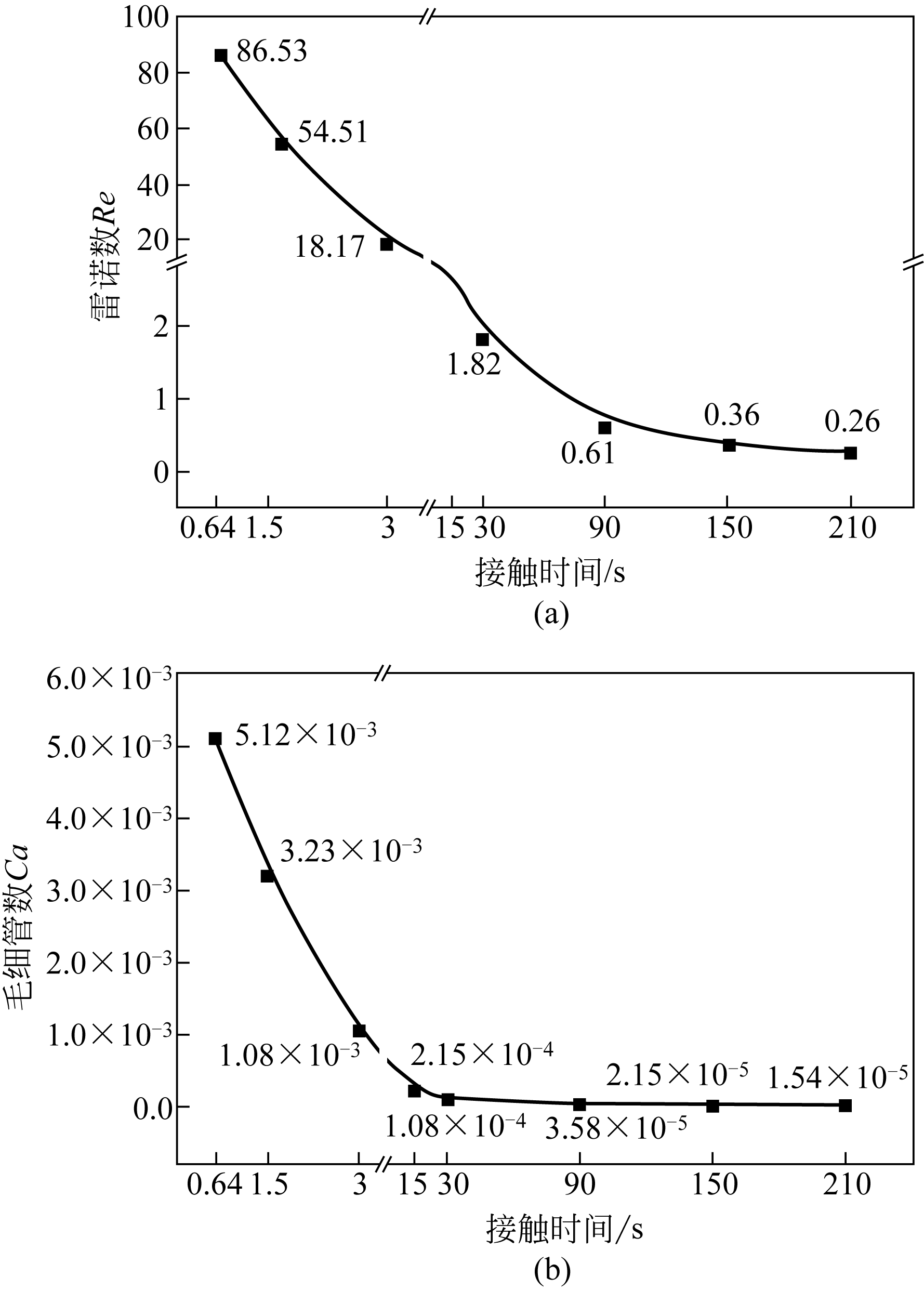| 1 |
汪家鼎,陈家镛 .溶剂萃取手册[M].北京:化学工业出版社,2001: 180.
|
|
WANG J D , CHEN J Y . Solvent extraction manual[M]. Beijing: Chemical Industry Press, 2001: 180.
|
| 2 |
彭金辉,巨少华 .微流体溶剂萃取技术[M].北京:冶金工业出版社,2015: 8-11.
|
|
PENG J H , JU S H . Microfluidic solvent extraction technology[M]. Beijing: Metallurgical Industry Press, 2015:8-11.
|
| 3 |
JÄHNISCH K , HESSEL V , LÖWE H , et al . Chemistry in microstructured reactors[J]. Angew.Chem.Int.Ed., 2004, 43(4): 406-446.
|
| 4 |
WATTS P , HASWELL S J . The application of microreactors for small scale organic synthesis[J]. Cheminform, 2005, 28(3): 290-301.
|
| 5 |
李战华, 吴健康, 胡国庆, 等 .微流控芯片中的流体流动[M].北京:科学出版社,2012:14-17.
|
|
LI Z H , WU J K , HU G Q , et al . Fluid flow in microfluidic chips[M]. Beijing: Science Press, 2012: 14-17.
|
| 6 |
埃尔费尔德 W, 黑塞尔 V, 勒韦 H . 微反应器: 现代化学中的新技术[M]. 骆广生,王玉军,吕阳成,译 .北京:化学工业出版社,2004: 14-30.
|
|
EHRFELD W , HESSEL V , LÖWE H . Microreactors: new technology for modern chemistry[M]. LUO G S, WANG Y J, LÜ Y C, trans. Beijing: Chemical Industry Press, 2004: 14-30.
|
| 7 |
范一强, 王玫, 张亚军 . 3D打印微流控芯片技术研究进展[J]. 分析化学, 2016, 44(4): 551-561.
|
|
FAN Y Q , WANG M , ZHANG Y J . Recent progress of 3D printed microfluidics technologies[J]. Analytical Chemistry, 2016, 44(4): 551-561.
|
| 8 |
巨少华, 彭金辉, 姜峰, 等 . 一种精确放大的微反应器、制备方法及其应用: CN201610574054[P]. 2016-12-07.
|
|
JU S H , PENG J H , JIANG F , et al . An accurate amplification microreactor, preparation method and application: CN201610574054[P]. 2016-12-07.
|
| 9 |
DEHKORDI A M . Liquid−liquid extraction with an interphase chemical reaction in an air-driven two-impinging-streams reactor: effective interfacial area and overall mass-transfer coefficient[J]. Industrial & Engineering Chemistry Research, 2002, 41(16): 4085-4093.
|
| 10 |
余明博, 陈斌, 李卓 . 微纳米流控芯片传感器研究及其在环境检测中的应用[J]. 化工进展, 2015, 34(s1): 182-186.
|
|
YU M B , CHEN B , LI Z . Micro/nano-fluidic biosensors applied in environmental monotoring[J]. Chemical Industry and Engineering Progress, 2015, 34(s1): 182-186.
|
| 11 |
余亚兰, 周明宇, 谢锐, 等 . 微通道内表面性质对其内流体流动特性的影响[J]. 化工进展, 2010,29 (1): 29-33.
|
|
YU Y L , ZHOU M Y , XIE R , et al . Effects of the inner surface properties of microchannel on the fluid flow characteristics therein[J]. Chemical Industry and Engineering Progress, 2010,29 (1): 29-33.
|
| 12 |
唐静, 张旭斌, 蔡旺锋, 等 . 微通道内液-液两相流研究进展[J]. 化工进展, 2013, 32(8): 1743-1748.
|
|
TANG J , ZHANG X B , CAI W F , et al . Research progress of liquid-liquid two-phase flow in microchannels[J]. Chemical Industry and Engineering Progress, 2013, 32(8): 1743-1748.
|
| 13 |
JOVANOVIC J . Liquid-liquid microreactors for phase transfer catalysis[J]. Technische Universitei tnd Hoven, 2011.
|
| 14 |
ARNOLD J , DASBACH U , EHRFELD W , et al . Combination of excimer laser micromachining and replication processes suited for large scale production[J]. Applied Surface Science, 1995, 86(1/2/3/4): 251-258.
|
| 15 |
ANGELL J B , BARTH P W , TERRY S C . Silicon micromechanical devices[J]. Scientific American, 1983, 248(4): 44-55.
|
| 16 |
KUSSUL E M , RACHKOVSKIJ D A , BAIDYK T N , et al . Micromechanical engineering: a basis for the low-cost manufacturing of mechanical microdevices using microequipment[J]. Journal of Micromechanics & Microengineering, 1996, 6(4): 410.
|
| 17 |
李小丽, 马剑雄, 李萍,等 . 3D打印技术及应用趋势[J]. 自动化仪表, 2014, 35(1): 1-5.
|
|
LI X L , MA J X, LI P , et al . 3D printing technology and its application trend[J]. Process Automation Instrumentation, 2014, 35(1): 1-5.
|
| 18 |
SOCHOL R D , SWEET E , GLICK C C , et al . 3D printed microfluidics and microelectronics[J]. Microelectronic Engineering, 2018, 189: 52-68.
|
| 19 |
陈文, 张亚雷, 周雪飞, 等 . 水中铟(III)的分离富集及资源化回用研究进展[J]. 化工进展, 2015, 34(7): 2009-2015.
|
|
CHEN W , ZHANG Y L , ZHOU X F , et al . Research advancement on separation and enrichment of resource reusing of indium(III) in water environment[J]. Chemical Industry and Engineering Progress, 2015, 34(7): 2009-2015.
|
| 20 |
JIANU O A , ROSEN M A , NATERER G F , et al . Two-phase bubble flow and convective mass transfer in water splitting processes[J].International Journal of Hydrogen Energy, 2015, 40(11): 4047-4055.
|
| 21 |
李素清, 许绍权 . P204萃取分离铟铁的改进[J]. 有色金属(冶炼部分), 1982(3):23-24,30.
|
|
LI S Q , XU S Q . Improvement of extraction and separation of indium and iron by P204[J]. Nonferrous Metals (Extractive Metallurgy), 1982(3): 23-24,30.
|
| 22 |
原所佳, 毕世春, 郭华北,等 . 雷诺数的意义[J]. 物理通报, 1997(10):12-13.
|
|
YUAN S J , BI S C , GUO H B , et al . Significance of Reynolds number[J]. Physics Bulletin, 1997(10):12-13.
|
| 23 |
MARCULESCU C , TINCU B , AVRAM A , et al . Computational prediction of capillary number impact on droplets formation in microchannels[J]. Energy Procedia, 2016, 85:339-349.
|
 ),李熙腾1,2,李鑫培1,2,3(
),李熙腾1,2,李鑫培1,2,3( ),巨少华1,2,3(
),巨少华1,2,3( ),张利华1,2,3
),张利华1,2,3
 ),Xiteng LI1,2,Xinpei LI1,2,3(
),Xiteng LI1,2,Xinpei LI1,2,3( ),Shaohua JU1,2,3(
),Shaohua JU1,2,3( ),Lihua ZHANG1,2,3
),Lihua ZHANG1,2,3


